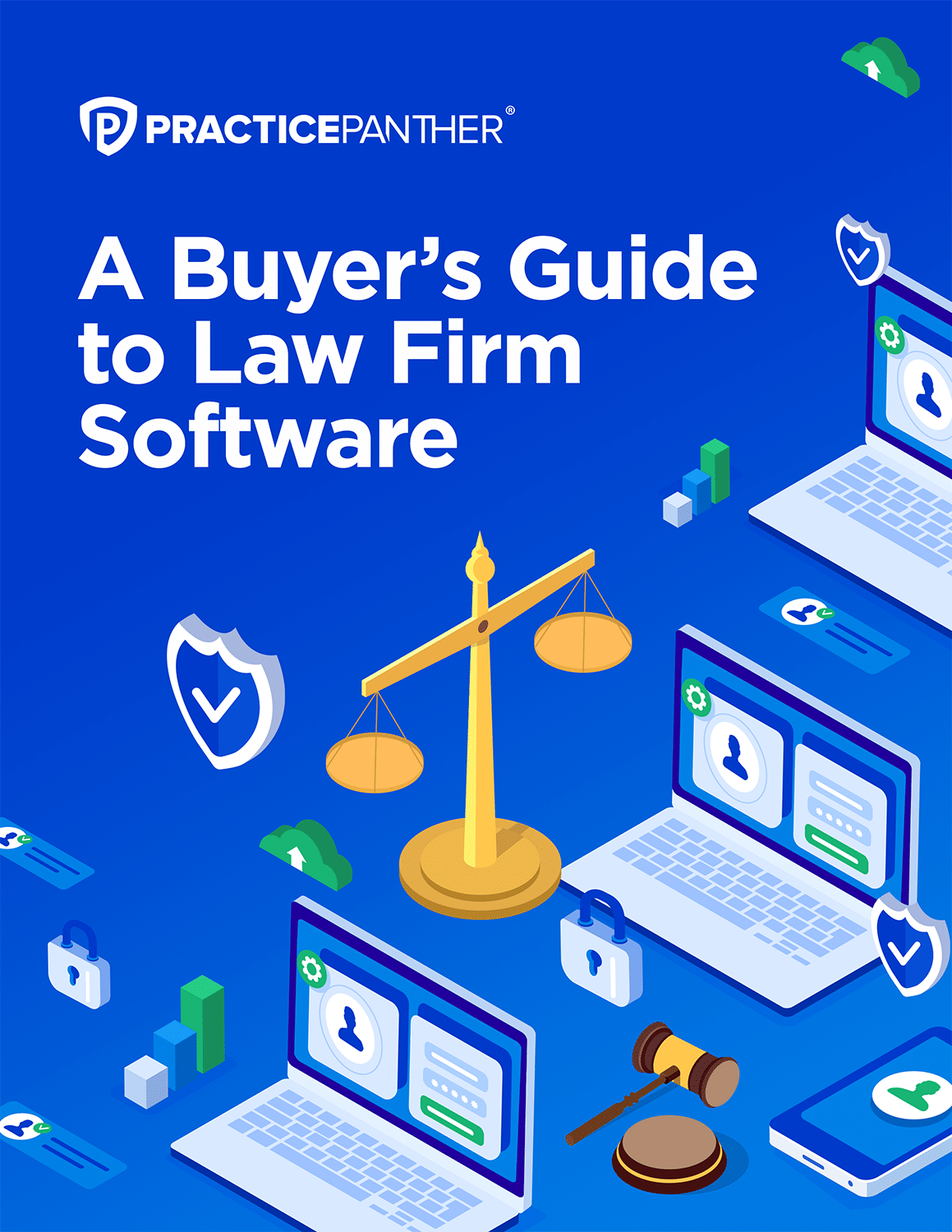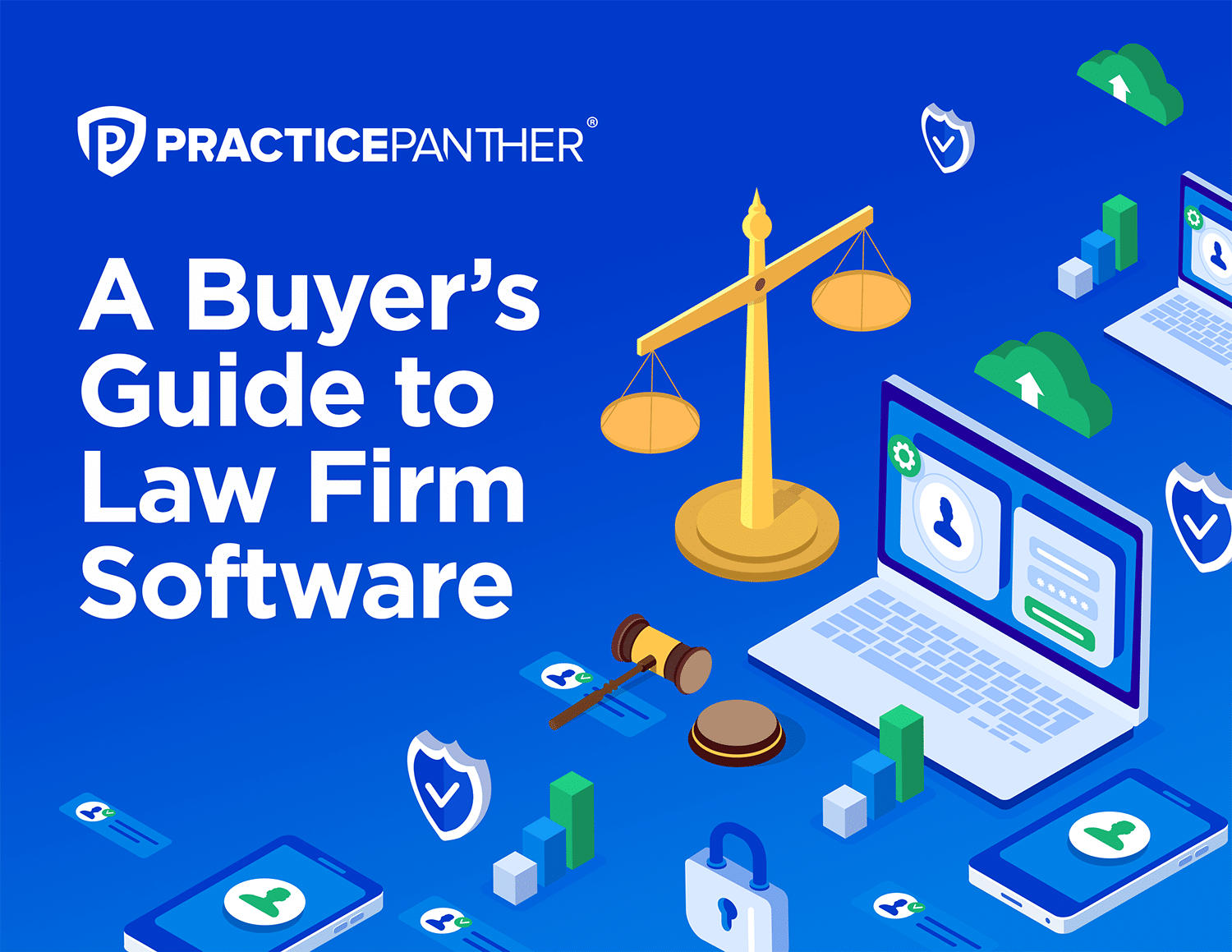Naturally, cultivating fresh business is the livelihood of your legal practice’s advancement. While acquiring new clients is the linchpin for your firm’s progressive trajectory, it is important to exercise discernment in client selection.
If your preliminary consultations lead you to decline client representation, you will need to issue a Non-Engagement Letter. Doing so establishes mutual clarity that no attorney-client relationship exists to avoid any misunderstandings.
We’ll cover the core elements of a Non-Engagement Letter, its role in your law practice, and a sample Non-Engagement Letter to serve as a template for crafting your own in the future.
What Is a Non-Engagement Letter?
A Non-Engagement Letter is a formal written document issued by an attorney or law firm to a prospective client. This correspondence explicitly states that the legal professional will not represent the individual.
Far from an empty formality, the letter is a critical risk-mitigation strategy, offering insulation against potential malpractice claims. It establishes unequivocal boundaries and fosters transparency, thus underscoring the law firm’s commitment to ethical conduct and clear communication.
Non-Engagement Letter vs. Disengagement Letter
While its name may indicate an “absence” of an attorney-client relationship, a Non-Engagement Letter is not the “be-all and end-all” when distinctly identifying that no relationship exists with a client. You must also include a Disengagement Letter in your repertoire of documents to clients.
A Non-Engagement Letter and a Disengagement Letter serve distinct purposes within the legal realm. The Non-Engagement Letter is used when an attorney or law firm opts not to represent a prospective client following initial consultations. In essence, it preempts the formation of an attorney-client relationship, thereby mitigating potential legal ambiguities or liabilities.
Conversely, a Disengagement Letter is issued when an existing attorney-client relationship is terminated, whether due to case conclusion or other factors. While both documents strive to achieve transparent communication and delineate legal parameters, their applications diverge in the timeline of the attorney-client relationship.
Why Do Law Firms Need Non-Engagement Letters?
Typically, courts acknowledge the existence of an attorney-client relationship if the attorney’s actions lead to a rational individual concluding they were receiving legal representation. If a person can prove that an attorney-client relationship existed, it could lead to a nightmarish situation.
It’s best to draft a Non-Engagement Letter within your legal practice management software templates to prevent potential claims. Here are some ways that having a Non-Engagement Letter can improve your client relations and set your firm up for success.
Avoid Conflict of Interest
Issuing a Non-Engagement Letter allows the firm to establish a clear boundary that nullifies any assumptions of representation, which prevents subsequent allegations of a conflict of interest. This protects existing clients and individuals with no relationship with the firm.
Clarity in Client Communication
These letters eradicate ambiguities, ensuring that all parties involved have a unified understanding of the professional relationship—or lack thereof.
Manage Expectations
They fortify the firm’s commitment to transparent and ethical communication, contributing to a client-centric service model.
Avoid Liability
These documents preempt the formation of any implicit attorney-client relationships, which safeguards the firm from potential legal liabilities such as malpractice claims.
Maintain Professionalism
By sending these letters, firms set ethical standards and exemplify a commitment to transparency.
Articulating the firm’s intentions and limitations via a formal letter enhances its reputation for being diligent and client-centric, so including Non-Engagement Letters in your firm’s legal document management software is a progressive decision.
How to Create a Non-Engagement Letter
Your firm can create a robust Non-Engagement Letter that serves its protective function and underscores your firm’s commitment to transparency and professionalism. You can do this by adhering to the following tips when drafting your Non-Engagement Letter.
1. Begin by collecting pertinent information such as the prospective client’s name, contact details, and other essential matter details.
Utilizing a great legal document management software, such as that offered by PracticePanter, allows you to streamline the process by creating document templates that include custom fields. These custom fields can quickly input data such as client names, addresses, and dates, making the process more automated and accurate.
2. Start the Non-Engagement Letter with an introduction.
Your letter should be on the law firm’s letterhead and commence with a formal salutation addressed directly to the individual in question.
3. Include consultation details and state the purpose of the letter.
This will comprise the beginning of the main body of your letter. Recount the initial consultation, followed by a clear, unambiguous statement specifying that your firm will not proceed with taking the client’s case. Elaborate on the reasons, if possible, but maintain discretion and professionalism.
4. Follow up on this portion of the letter with reasons for declination or non-engagement.
The next portion of the body of your letter should articulate that the declination is a safeguard against any future attorney-client relationship. Reiterate that this clarification mitigates legal liabilities and conflicts of interest for both parties involved.
5. Make sure to include recommendations for next steps.
You may choose to include a disclaimer suggesting that the prospective client seek other legal representation promptly. Also, consider including links to or names of local organizations that may assist the client better.
6. Finally, conclude the letter with well-wishes for their legal matter.
Be courteous throughout this delicate situation, but be particularly mindful to use empathy as you finalize your letter. This will reinforce your client-centric approach while leaving your firm’s reputation well with the potential client. You never know whether they could be a future client or a future client referral.
Once the letter is carefully reviewed for accuracy and comprehensiveness, it should be dispatched through a verifiable means of communication, such as certified mail or electronic mail with a read receipt, to establish an evidentiary trail.
Non-Engagement Letter Example
RE: Our Inability to Represent You As a Client
Dear Jane,
I hope this letter finds you well! After our conversation on <consultation date>, I wanted to formally inform you that <Your Law Firm’s Name> will not be able to provide legal representation for your current matter involving <brief description of the legal issue>.
Regrettably, <Reason why you cannot represent this client. Example: Our existing workflow and commitments prevent us from dedicating the necessary attention and resources to your case.> Please understand that this decision should not be interpreted as a reflection on the merit of your case.
It is important to clarify that this communication does not serve as legal advice or an opinion on the potential success of your case. Any information exchanged during our discussion should not be construed as legal counsel.
We encourage you to promptly seek alternative legal counsel. We can provide guidance in this regard.
Enclosed, you will find the materials you shared with us during our consultation. I want to reassure you that we have maintained the confidentiality of our discussions and have retained no copies of the materials.
Thank you for considering < Your Law Firm’s Name> for your legal needs. Although we are unable to represent you in this particular matter, we remain open to assisting you with any future legal requirements you may have.
With Kind Regards,
<Your Name>
<Your Title>
<You Law Firm’s Name>
Protect Your Law Firm with a Non-Engagement Letter
While it may seem a mere procedural step, issuing a non-engagement letter carries significant weight. Conveying in written form that you will not undertake their legal matters shields you against potential malpractice liabilities. It exemplifies transparent client communication — a cornerstone in offering a client-centric service experience, even to those who never transition into being your clients.





